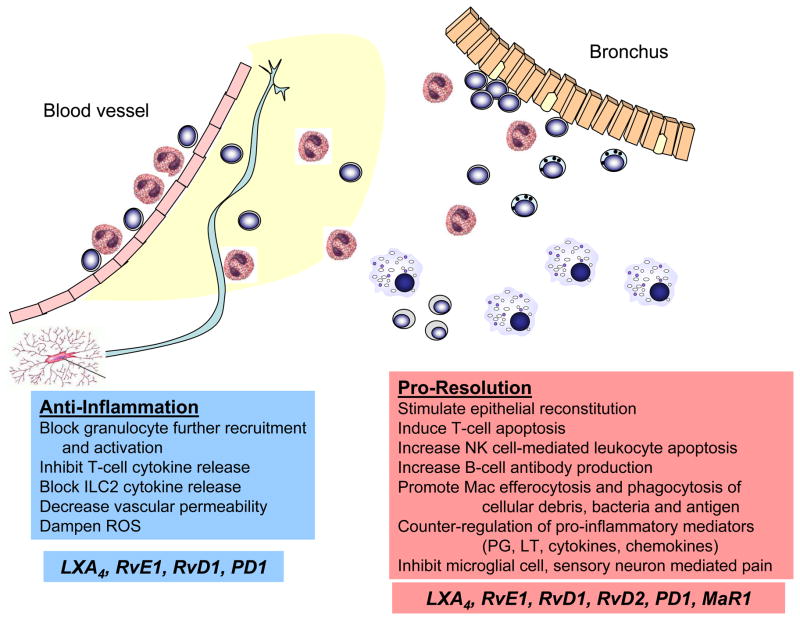Figure 2. Anti-inflammation and pro-resolution are not synonymous.
In response to allergic inflammation in the lung, SPM display both anti-inflammatory and pro-resolving actions. The terms – anti-inflammatory and pro-resolving – do not have identical meaning. Anti-inflammation can lead to immunosuppression that increases the host’s susceptibility to infection. Pro-resolution enhances host defense, in part by catabasis; returning inflamed tissue to homeostasis. For SPM, anti-inflammatory properties include blocking granulocyte further recruitment and activation, inhibition of T-cell and ILC2 cytokine release, decreasing vascular permeability and dampening reactive oxygen species generation. Pro-resolving activities include stimulating epithelial reconstitution, inducing T-cell apoptosis, increasing NK cell-mediated leukocyte apoptosis, augmenting B cell differentiation and antibody generation, promoting macrophage efferocytosis and phagocytosis, counter-regulating pro-inflammatory mediators and decreasing CNS microglial cell and peripheral sensory neuron activation.

